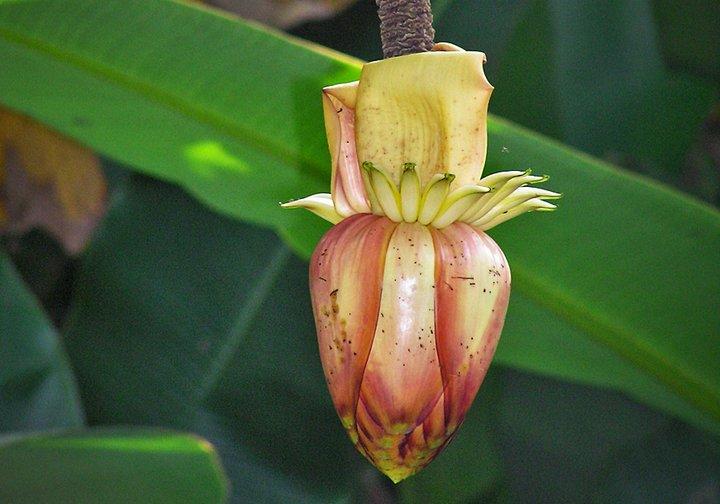Crop wild relatives and climate change

With contributions from Bioversity International scientists, a new book published by Wiley-Blackwell explores the contribution of crop wild relatives for a more resilient and productive agriculture in the face of climate change.
With contributions from Bioversity International scientists, a new book published by Wiley-Blackwell explores the contribution of crop wild relatives for a more resilient and productive agriculture in the face of climate change.
Wild plant species related to crops, known as crop wild relatives, are a key resource for adapting agriculture to the challenges posed by climate change. Untended by humans, crop wild relatives continue to evolve in the wild, developing traits – such as drought tolerance or pest resistance – that farmers and breeders can cross with domesticated crops to produce new varieties.
A new book published by Wiley-Blackwell – Crop Wild Relatives and Climate Change – gives an overview of the impacts of climate change on growing environments and the challenges that agricultural production faces in coming years and decades.
It explores the potential for crop wild relatives to contribute novel genetic resources to the breeding of more resilient and productive crops, and breeding technologies and biotechnological advances that are being used to incorporate key genetic traits of wild relatives into crop varieties. It also includes discussions on the importance of conserving genetic resources to ensure continued successful crop production.
Many Bioversity International scientists contributed to the book.
In Chapter 1 – ‘Impact of Climate Change on Agriculture Production, Food, and Nutritional Security’ – Danny Hunter and co-authors examine how the direct and indirect effects of climate change will severely impact the ability of the current agricultural sector to feed the world’s growing population in a safe, nutritious, equitable and environmentally sustainable manner, particularly in those areas susceptible to poverty, hunger and malnutrition. The utilization of crop genetic diversity and crop wild relatives will be paramount to improve crop yields and resistance under adverse environmental conditions.
In Chapter 7 – ‘Research on Conservation and Use of Crop Wild Relatives’ – Ehsan Dulloo, Elena Fiorino and Imke Thormann discuss the challenges of conserving and using crop wild relatives in the face of climate change. While climate change may cause many crop wild relatives to disappear, it is important that future research identifies those populations that are most valuable and at threat, and establish priorities for their safe conservation in situ and ex situ in a complementary way. The authors also point out the need for a global network to monitor the status and trends of crop wild relatives.
In Chapter 13 – ‘Unavailability of Wild Relatives’ – Germán Calberto-Sánchez, Julie Sardos, Charles Staver and Nicolas Roux focus on the effects of climate change on the availability of banana (Musa) wild relatives. According to their analysis, climate change may alter the suitability of in situ conservation sites for banana wild relatives, making conservation efforts challenging. Also, climate change might have an indirect negative impact on the wild habitat of Musa relatives by increasing climate suitability for other crops and thereby accelerating deforestation and changes in land use.
The book is available on Wiley website.
Photo: Musa borneensis is a wild species of banana first described by the Italian botanist Odoardo Beccari when he visited Sarawak on the island of Borneo between 1865 and 1868.
Credit: Bioversity International/J.Sardos. Courtesy of Musarama
